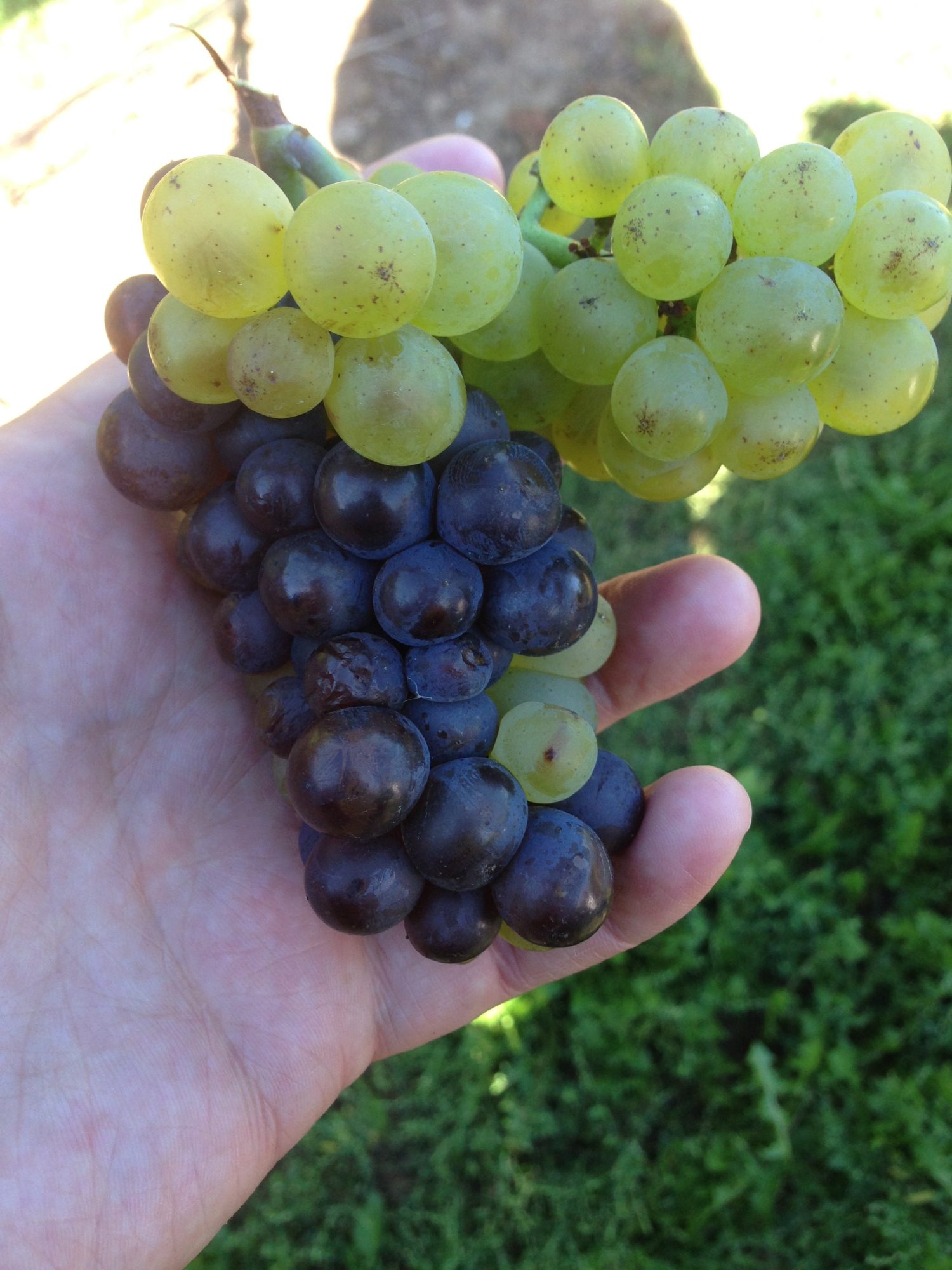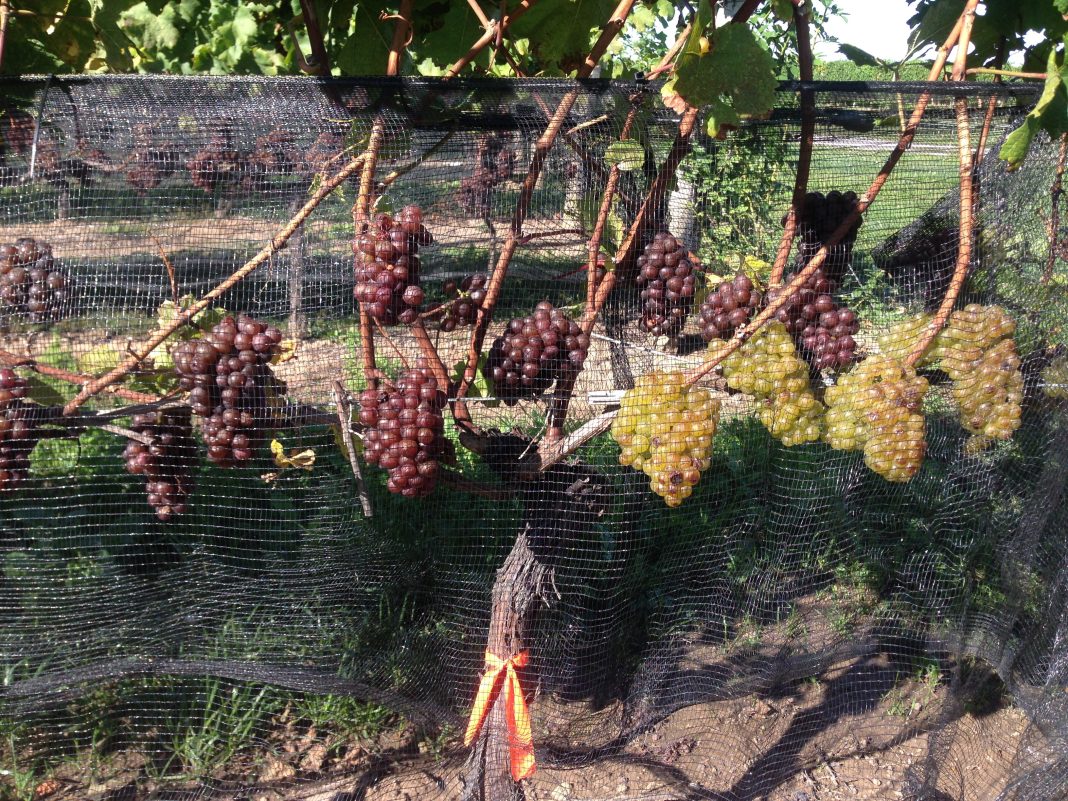Jim Willwerth from CCOVI at Brock University highlights the importance of clonal propagation in grapevine cultivation, as new vines are grown from cuttings of a ‘mother vine’ to preserve desirable traits. He also advocates for a national clonal selection program to assess new clones for Canada’s cool climate
Commercial grapevine propagation is primarily performed through vegetative propagation, resulting in clonal propagation. This typically involves taking a cutting from a mother vine and creating conditions for it to establish roots and grow as a new vine. The individual vine or group of vines propagated from this single organism (the mother vine) is called a ‘clone’. This ensures that new vines remain ‘true to type’ where the variety with desirable attributes is retained and then planted in vineyards.
Clonal selection
Creation of new clones can occur through the accumulation of mutations over time that result in a vine that is distinguishable from others of the same variety. This is particularly true for varieties that have been cultivated across regions and over many years. Through clonal selection, the identification and propagation of vines with new, desirable traits, some of the most widely planted and older varieties, such as Pinot noir, can have hundreds of distinct clones. New varieties or those that are rare, with limited plantings, can have very few clones or just a single selection that is known. Diversity can be improved through clonal selection; however, this process is time-consuming and resource-intensive. In major wine production countries, there are entities such as The Etablissement National Technique pour l’Amelioration de la Viticulture (ENTAV) in France and Foundation Plant Services (FPS) in the United States that specialize in clonal selection and have trademarked clones that are widely planted across the globe, including Canadian vineyards, where we heavily rely on these clonal selections.

Attributes of clones
There are many phenotypical differences expressed by clones. Morphological differences can include leaf size and shape, but in most cases, the trait of interest is when the grape cluster or berries themselves differ. This includes berry skin colour differences, as in the case of the Pinot varieties (Pinot noir, Pinot gris and Pinot blanc). Others include cluster size and shape or even flavour. Looser, larger clusters may be less prone to rot in susceptible environments. In contrast, tight, small-berried clusters with higher skin-to-juice ratios can result in more concentrated aromas, flavours, and colours. In addition to colour, some clones can have a mutation that gives their grapes much more aromatic flavours. One example is the Musqué clones of Chardonnay, which impart a more floral, tropical, and muscat-like flavour due to higher amounts of monoterpenes produced in the grape berries compared to typical Chardonnay. (1) Growth habit can differ, with some clones exhibiting more upright or downward growth.
It is not uncommon to walk through a vineyard block of a Pinot variety and find a random vine with a cluster with different skin colour. This can occur on the entire vine, or on just one shoot, cluster, or even a single berry. (see photos).
Clones in Canadian vineyards and current research
In Canada, we rely on imported clonal selections with few exceptions. These clonal selections of cool-climate varieties, such as Chardonnay, Cabernet Franc, and others, are derived from other cool-climate regions where their traits and desirable attributes are more pronounced. Therefore, just as with rootstocks, it is critical also to evaluate clones new to our region and perhaps initiate our own national clonal selection program. One Canadian example of clonal selection is the ‘Droit’ clone, discovered by the late Paul Bosc Sr. of Chateau des Charmes winery. This is an upright-growing clone of Gamay noir that can be easier to grow, allowing for better canopy management, and due to its improved fruit microclimate, can achieve greater fruit quality.
At Brock University, we have been evaluating several different clones in our research trials and in commercially planted vineyards for nearly a decade. This research has been supported by industry stakeholders, including Ontario Grape and Wine Research Incorporated (OGWRI) and the Canadian Grapevine Certification Network (CGCN), as well as matching government funds through Agriculture and Agri-Food Canada’s AgriScience program under the Sustainable Canadian Agricultural Partnership.
We initially began the research because we identified some blocks of Chardonnay that survived a very cold winter, whereas another nearby vineyard block, with no other major differences except for the type of clone, suffered significant freeze damage. Since then, we have found that clones typically exhibit subtle differences in terms of growth and fruit quality, particularly with many of the current commercial selections we grow. However, some differences in cold hardiness are apparent, especially with new clones not commonly grown in our region or when rootstock interactions are taken into consideration. (2) The results of our evaluations are a stepping stone to optimizing grapevine selections used in Ontario and the rest of Canada’s grape-growing regions. Our goal is to utilize biomarkers discovered through our core cold-hardiness program to identify and confirm Canadian clones that are more resistant to our winters. (3) Clones that are more adaptable to our climate and express our regional ‘terroir’ will improve our industry’s sustainability and competitive advantage. Brock University’s Sustainable Agriculture program, utilizing the future Research Farm established with funding from the Canada Foundation for Innovation (CFI), will provide us with the potential to develop a productive clonal selection pipeline. We will be able to achieve the following through this program and industry partnerships:
- Identify new selections
- Phytosanitary inspections
- Propagation
- Evaluation
- Commercialization
If successful, this type of program, along with other clean vine initiatives through the research programs at Brock University, will ensure a stable supply of grapevine scion material for Canadian growers. This material will be unique and more adaptable to our climate, free from major pathogens such as viruses, and provide material that increases our grapevine diversity and reduces the importation of clones from international sources.
References
- Reynolds, A. G., Schlosser, J., Power, R., Roberts, R., Willwerth, J., & De Savigny, C. (2007). Magnitude and Interaction of Viticultural and Enological Effects. I. Impact of canopy management and yeast strain on sensory and chemical composition of Chardonnay Musqué. American Journal of Enology and Viticulture, 58(1), 12-24.
- Hébert-Haché, A., Inglis, D., Kemp, B., & Willwerth, J. J. (2021). Clone and rootstock interactions influence the cold hardiness of Vitis vinifera cvs. Riesling and Sauvignon blanc. American Journal of Enology and Viticulture, 72(2), 126-136.
- Hébert-Haché, A., Willwerth, J. J., Kemp, B., & Inglis, D. L. (2025). The relationships between dehydrins, cold hardiness, and the ambient temperature: comparing a cold hardy to a cold tender Vitis vinifera L. cultivar. Canadian Journal of Plant Science, 105, 1-12.


